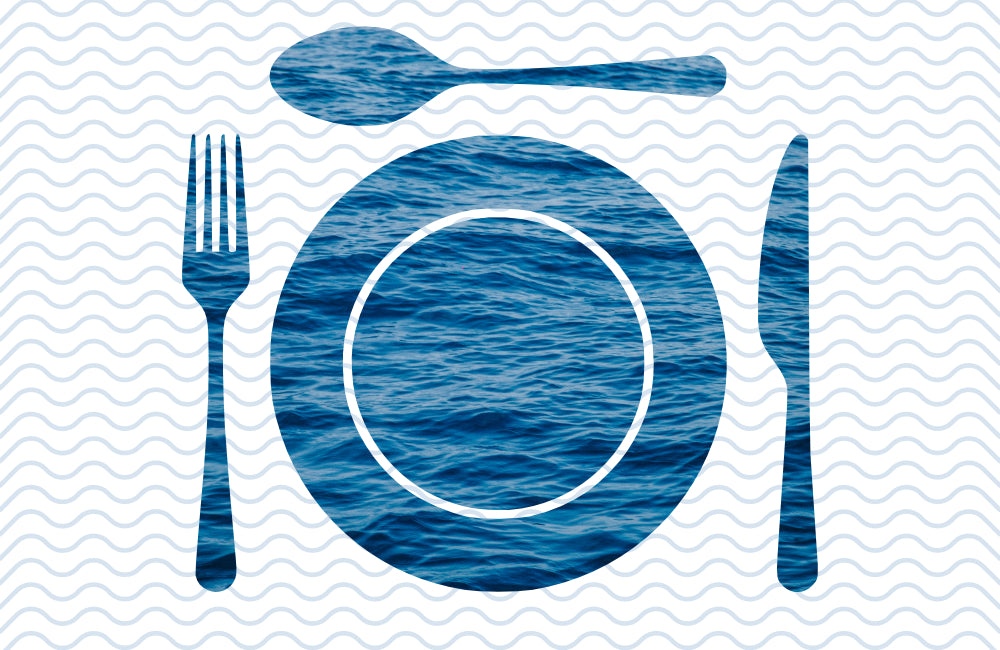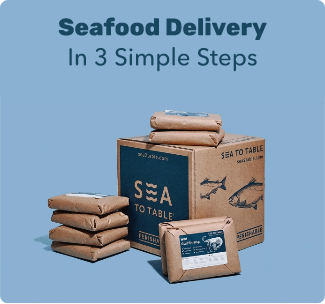
You’ve probably thought a lot about your carbon footprint. But what about your carbon FOODPRINT?
Food’s carbon footprint, or foodprint, is the greenhouse gas emissions produced by growing, rearing, farming, processing, transporting, storing, cooking and disposing of the food you eat. And it’s more than you think.
Making small changes in the foods that you eat can have a big impact on your carbon foodprint… as well as reducing pollution, preserving the environment and slowing global warming. Many of these changes will also save you money, improve your health and even keep you fit!
If you eat fish, in general you have a lower carbon foodprint than someone who eats meat. A UK study found that fish eaters on average have a 46% smaller carbon foodprint than those who eat a lot of meat each day, and 16% smaller than those who eat just a little meat.
The best change you can make today is to eat less meat and eat more plant-based foods and wild caught, sustainable seafood. Did you know that every pound beef creates as much carbon as driving over 30 miles?! Compare that with the same amount of tuna, which has an equivalent of only about 7 miles.
Happily, Sea to Table gives you easy access to wild caught, low carbon American fish. Here are some more ways to reduce your carbon foodprint by eating healthy, sustainable fish.
- Eating fish that is flash-frozen at sea or dock has a lower carbon foodprint than eating “fresh” fish. This is because fresh fish must travel by air, while frozen fish can travel by rail or truck. Sea to Table’s fish ships over ground, packed in dry ice with recyclable packaging… unlike other companies who deliver fish overnight in styrofoam via air freight.
- Choose only sustainable species. Fish caught sustainably tend to use less fuel because fishermen don’t have to search for dwindling fish or use fuel-intensive and destructive technologies like bottom trawling. Sea to Table only sells sustainable species.
- Avoid farmed fish and fish processed overseas. As well as the environmental impact of fish farms, there is the emissions impact of catching and farming their feed, the diesel-powered pumps used to oxygenate the water, and more. Most farmed fish we find in supermarkets is imported, and must be air-freighted into the country. Sea to Table’s fish is all wild-caught, never farmed.
← Older post Newer post →

